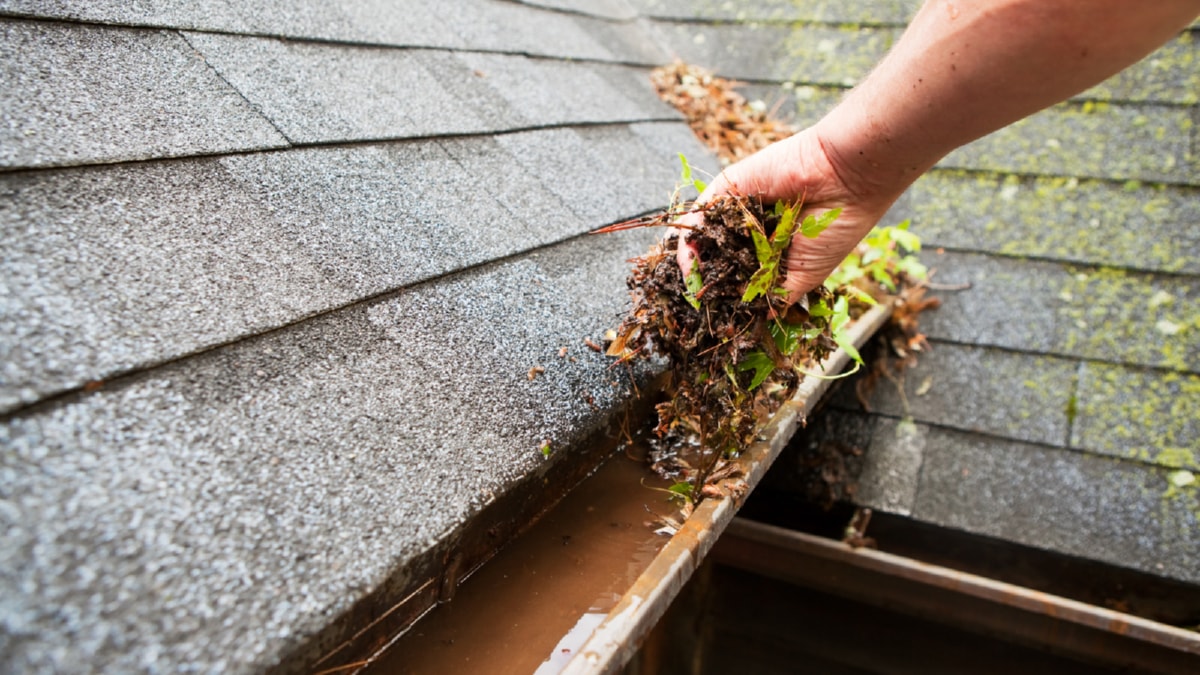The transformative evolution of the construction industry towards sustainability is driven predominantly by the rising global awareness about environmental issues and the urgent need for mitigating the adverse effects of climate change. Among the diverse strategies adopted to achieve this, the utilization of green building materials in construction projects has emerged as a pivotal factor. This article explores the impact of green building materials on sustainable construction, shedding light on its multi-faceted implications.
Green building materials, also known as sustainable or eco-friendly materials, are those which are energy-efficient, highly durable, and have a minimal impact on the environment throughout their life cycle. These materials are either sourced through sustainable extraction methods, created using recycled waste or are abundant in nature and thus easily replenishable.
One of the most significant impacts of using green building materials is the considerable reduction in the overall carbon footprint of the construction process. Traditional construction materials such as concrete and steel are responsible for high levels of carbon emissions, both during their production and use. By substituting these with green alternatives like recycled steel or concrete mixed with fly ash, the construction industry can dramatically decrease its carbon emissions, contributing to global efforts against climate change.
Moreover, these eco-friendly materials come with enhanced energy efficiency, which is beneficial both for the environment and the end-users. Green materials often have superior insulation qualities, reducing the energy required for heating and cooling buildings, leading to a decrease in energy consumption and cost. For instance, the use of green insulation materials like wool or cellulose can significantly reduce the energy demand of a building, promoting energy conservation and cost savings.
The health benefits of green building materials are another crucial factor. Many conventional construction materials contain toxic chemicals that can be harmful to the health of the occupants. On the other hand, green materials are typically non-toxic, promoting better indoor air quality and contributing to the well-being of the occupants.
Furthermore, the use of green building materials contributes to waste reduction. Many of these materials are recyclable or compostable, meaning that they can be repurposed or broken down naturally at the end of their life. This approach significantly reduces the waste generated by the building’s life cycle and lessens the demand for landfill space.
The integration of green building materials is likewise a catalyst for green jobs and economic growth. The demand for these materials encourages the growth of industries that produce them, leading to job creation and bolstering local economies.
In conclusion, the use of green building materials in sustainable construction is an impactful strategy for achieving environmental, economic, and social sustainability. It is a holistic approach that brings multiple benefits, including reduced carbon emissions, energy conservation, improved health and well-being, waste reduction, and economic growth. As the world grapples with the urgent need for sustainable development, the construction industry’s adoption of green building materials appears not only desirable but essential.
For more details, check best interlocking services Toronto or visit their business listing here.



